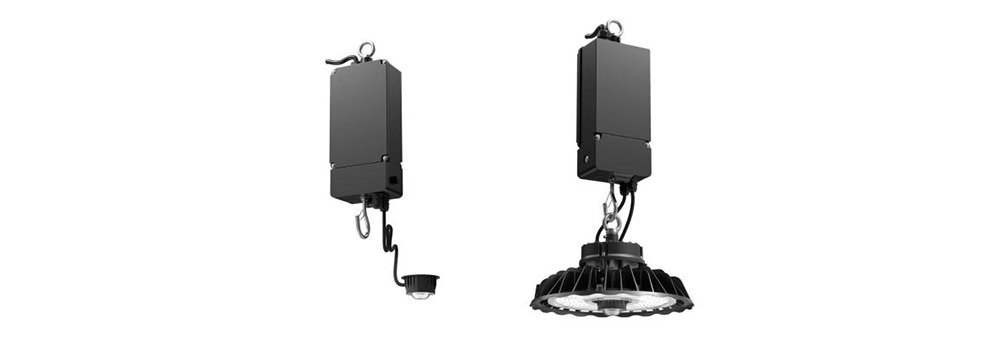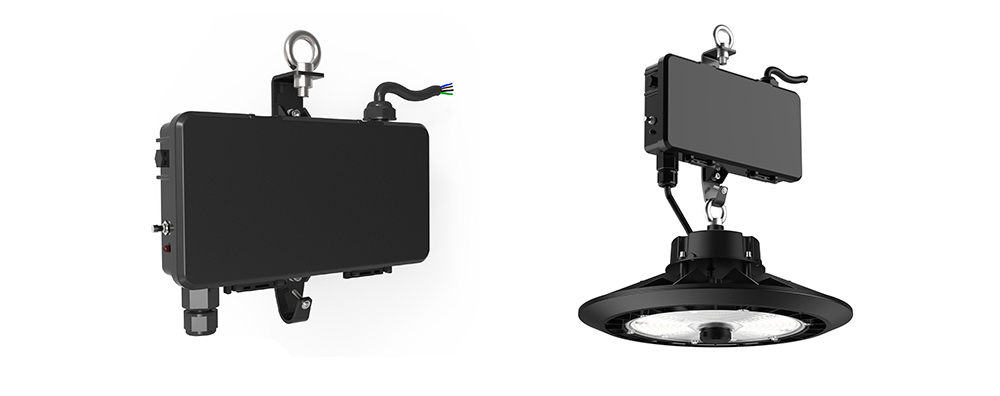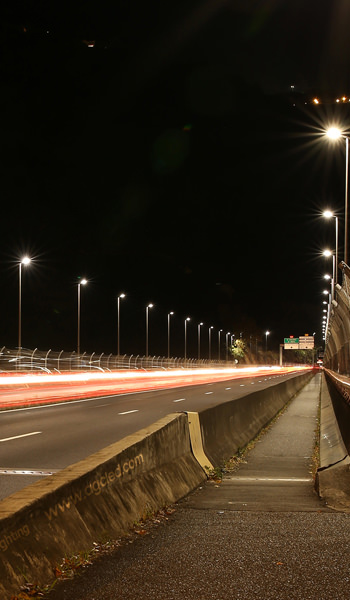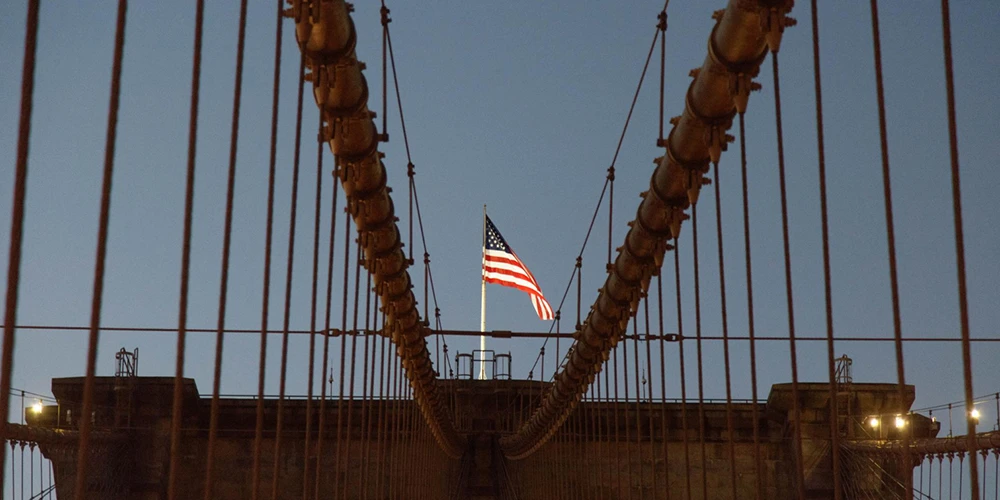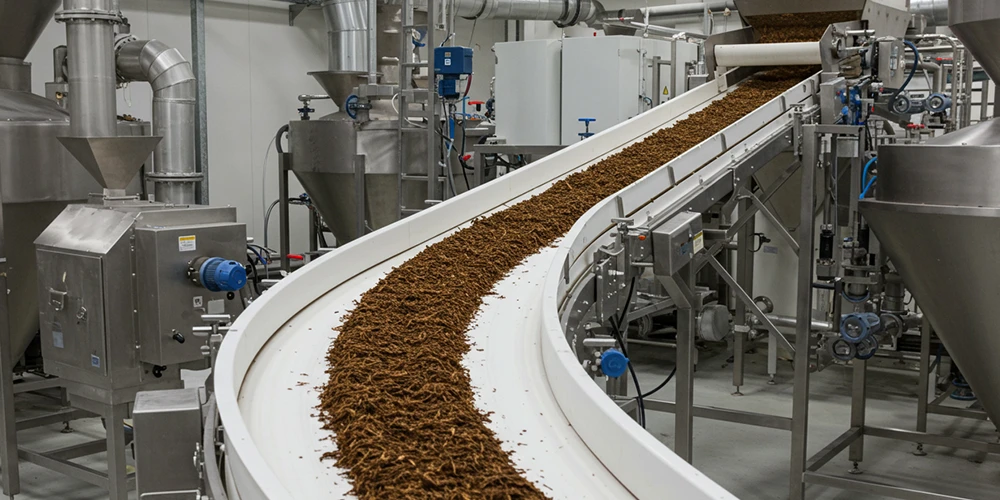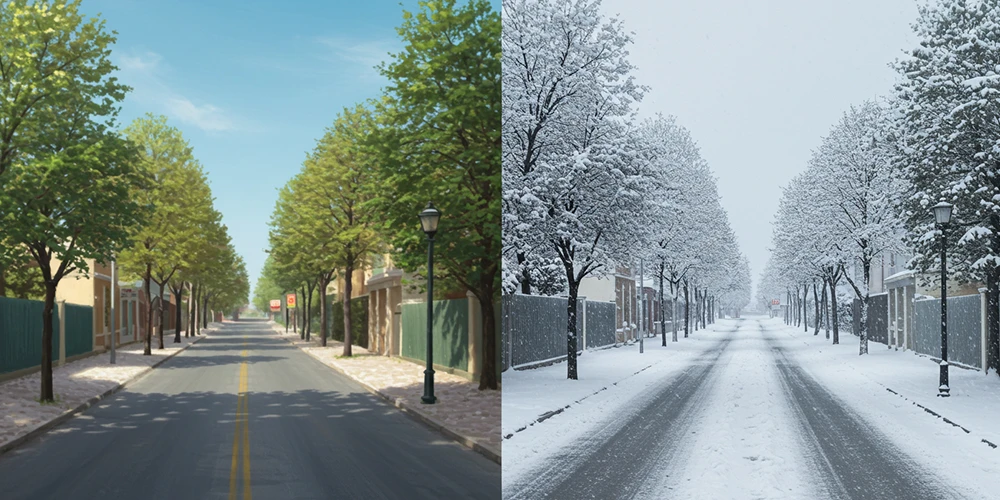Did you know poor gym lighting could be driving members away? Beyond simply illuminating the space, good gym lighting can dramatically impact the member experience, staff productivity, and even your bottom line. It also makes your gym from average to exceptional, delivering a premium experience that keeps members engaged and coming back.
In this blog, we’ll share practical lighting design tips for commercial gyms. Get ready to transform your fitness space that motivates, comfortable, and impress!
Common lighting design mistakes
- Inadequate lighting levels: One of the most common mistakes is not providing enough lighting for the gym. Inadequate lighting can lead to eye strain, accidents, and a lack of motivation.
- Ignoring glare and shadows: Glare and shadows can be hazardous in the gym setting. This is particularly problematic when members are exercising and facing forward the lighting fixtures. Reflective surfaces, poorly positioned fixtures, and inadequate shielding can all contribute to the issues.
- Neglecting task-specific lighting: Different areas of gym serve different purposes, and the lighting should reflect that. Neglecting to tailor the lighting to specific tasks can lead to an inconsistent experience for gym-goers.
- Wrong color temperature selection: Color temperature can affect the mood and ambiance of a space. Many gyms default to cool white light (about 5000K) throughout the facility, creating a harsh, clinical atmosphere.
The basics of a good gym lighting
Lighting requirements for commercial gyms depend on the facility’s layout and activities. However, good gym lighting should always follow key standards to ensure safety and comfort.
First, gym lighting should be bright enough. The ISO 8995:2005 standard requires a minimum of 300 lux in gyms. The IESNA recommends a range of 300 to 500 lux, depending on the type of gym and its use.
It’s also important for gym lighting to be comfortable for members. The Unified Glare Rating (UGR) should be no higher than 22. Additionally, a Color Rendering Index (CRI) of at least 80 is recommended to ensure colors appear natural, creating a pleasant atmosphere for gym users.
Lighting tips for specific gym areas
Each area in a fitness center has its own vibe and function, so lighting should be tailored to fit these unique needs. Let’s explore some lighting tips for creating the right atmosphere in key areas of your commercial gym.
Entry and reception
The entry and reception area sets the tone for your gym and is your chance to make a great first impression! Aim to create a welcoming, relaxed environment that feels both inviting and professional. For this space, a color temperature (CCT) of around 4000K provides a natural, clear light that’s easy on the eyes. Adding stylish lighting fixtures can help to create a clean and organized atmosphere that draws customers in from the moment they step inside.

Weight room
The weight room is all about resistance training, with equipment like dumbbells, barbells, and other heavy machinery. Visibility here is essential to ensure members can lift safely and avoid accidents. A light level of around 500 lux is recommended, with a color temperature between 4000K and 5000K for a clean, bright daylight feel.
Glare control is also a must in the weight room, as members often look up during exercises like bench presses and can see the lights directly. To reduce glare, consider LED linear lighting with a PMMA diffuser, which provides uniform, low-glare illumination.
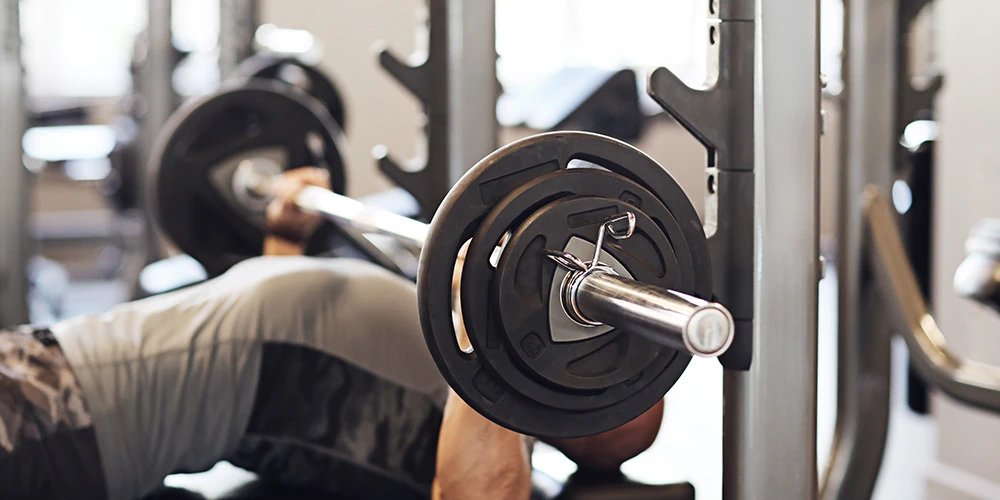
Cardio training area
The cardio area is usually one of the most popular sections of any gym, with equipment like treadmills. Since members spend extended time here, lighting that promotes alertness and energy is key. Like the weight room, a light level of about 500 lux is ideal, with a cool white color temperature of 4000K to 5000K to keep members feeling energized and motivated.
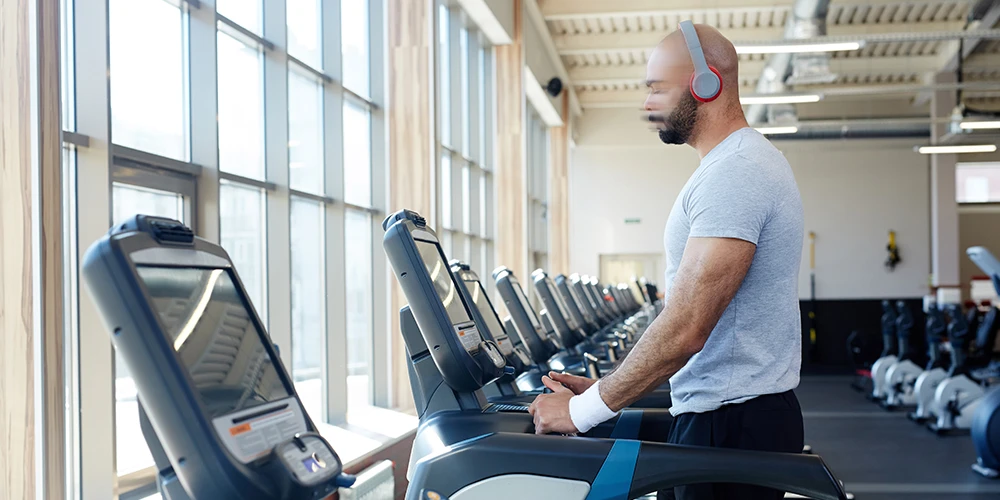
Group fitness studio
High-energy workouts like Zumba or HIIT often take place in the group fitness studio. To keep participants and instructors energized and ensure they can see clearly, aim for a light level of around 500 lux. A cooler color temperature of around 4000K adds an invigorating atmosphere, perfect for these dynamic classes.
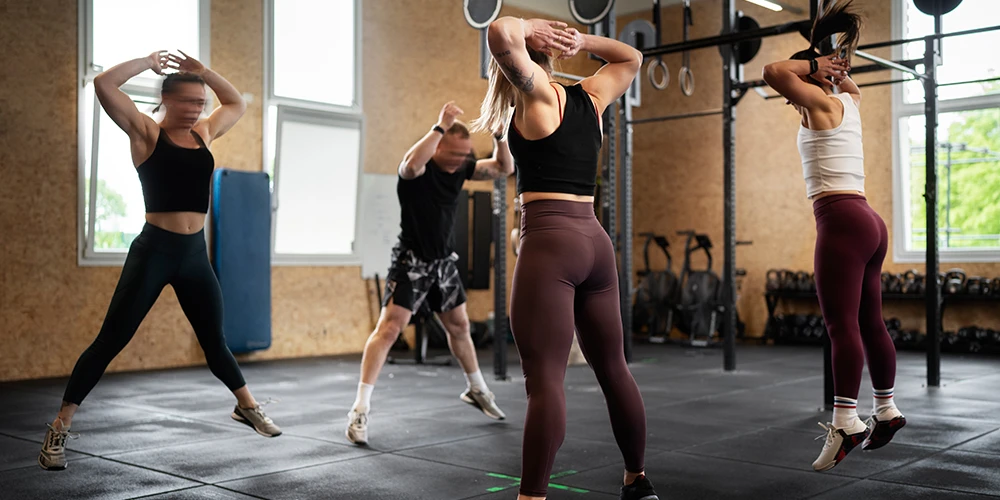
Yoga and stretching zones
For calmer activities like yoga or Pilates, a warmer light temperature of around 3000K can create a soothing, relaxing environment. This helps members focus on their movements and relax their muscles. However, this doesn’t mean dim lighting is suitable—these zones should be bright enough for clear visibility, with around 300 lux.
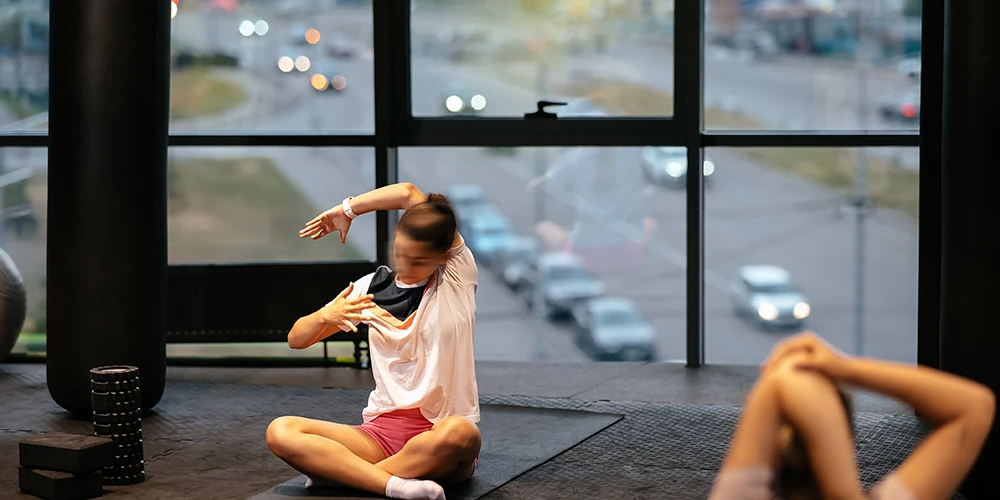
Locker rooms and bathrooms
Locker rooms give members a place to store their belongings, and many gyms also provide bathrooms and showers for post-workout clean-up. A light intensity between 200 and 400 lux works well here, with a neutral white color temperature of around 4000K. This provides a clean, fresh look for locker rooms and bathrooms.
Lighting selection and installation
The type of lighting fixtures you choose can greatly influence the mood and atmosphere of your gym. Common options for gyms include LED high bay lights, linear lights, and strip lights. Some gyms even use RGB(W) lighting in areas like the cycling room to create an energetic, motivating environment.
For large commercial gyms with high ceilings (20 to 30 feet), powerful high bay and linear lights are ideal due to their compact design and high lumen output, which ensures strong, even illumination. In smaller gyms with lower ceilings (around 10 feet), low bay lights are typically more suitable.
Proper installation and layout of lighting fixtures are essential for achieving the right light intensity and distribution. A poor installation can result in uneven lighting or glare, impacting comfort and visibility. Since every gym is unique, it’s highly recommended to consult with lighting experts to create a custom lighting plan that optimizes performance and minimizes fixture use while delivering the desired effect.
Safety and security considerations
In a power outage or emergency, having reliable emergency lighting is essential. Exit signs, path markers, and bright fixtures in key areas should turn on immediately if the main power goes out, helping everyone find their way out or reach emergency supplies and first aid.
But is basic emergency lighting enough? Imagine someone using a bench press when the lights suddenly go off. Standard emergency lighting might not be bright enough for them to see their surroundings clearly, and a heavy weight could become dangerous.
To improve safety, our high bay and linear lights are available with emergency backup options. We provide two types of backup systems: the ED7 and the SDE05. The ED7 has a small emergency lamp that lasts for 3 hours, while the SDE05 is available in 1.5-hour and 3-hour versions. Both are easy to install with simple wiring, providing reliable emergency lighting to keep everyone safe in unexpected situations.
